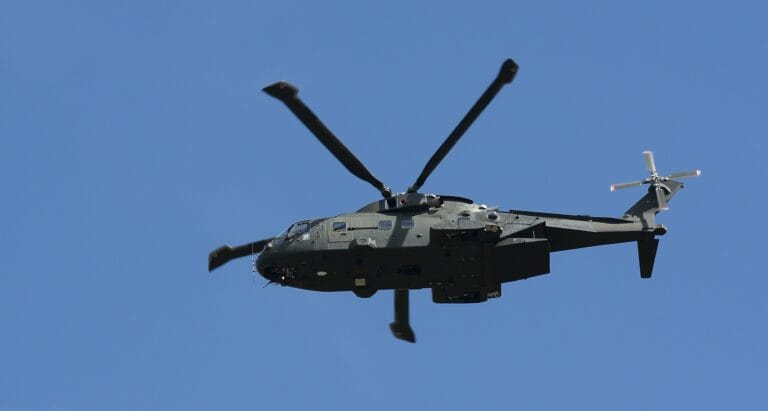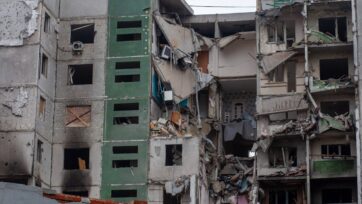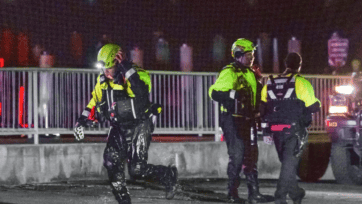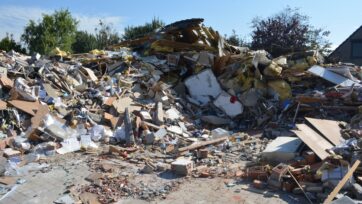In a tragic aviation accident at Lumut naval base in Perak, Malaysia, two Malaysian navy helicopters collided mid-air during a practice session for an upcoming military parade, resulting in the deaths of all ten crew members. The collision, which took place around 9:30 AM local time, involved a Eurocopter AS555SN Fennec and an AW139 maritime operation helicopter. Following the collision, one helicopter crashed into a nearby sports complex, while the other fell into a swimming pool within the naval base.
Footage of the accident, verified by local police and circulating in local media, shows the helicopters flying in formation before one rotor clipped the other, leading to the catastrophic crash. In the aftermath, rescue personnel were seen managing the wreckage and debris on the ground.
Video source: The Telegraph Youtube Channel
The incident has prompted a full investigation by the Royal Malaysian Navy, supported by the Ministry of Defense, to ascertain the cause of the crash and to implement future safety measures. Prime Minister Anwar Ibrahim expressed his deep condolences to the families of the deceased, underscoring the national mourning for the lost lives. This accident is among several helicopter accidents in Malaysia in recent years, highlighting ongoing challenges in aviation safety within the region.
A Systems Engineering Perspective
This tragic event underscores the critical importance of integrating rigorous systems safety engineering into technology and process development for aviation operations. The integration and coordination of behavior of complex systems, such as those found in military and civil aviation, demand comprehensive risk-based requirements definition, risk-based design, and the extensive use of simulation for design, verification and validation, leading to mitigations such as real-time proximity monitoring and automated response. Aviation development is certainly not devoid of these practices, but clearly more can and should be done, as evidenced by conclusions of enquiries into more widely publicised loss of life from avoidable civil aviation incidents.
More generally, as an engineering community, we need to achieve a state in which techniques such as Failure Modes and Effects Analysis (FMEA); Failure Modes, Effects and Criticality Analysis (FMECA); Fault Tree Analysis (FTA); Event Tree Analysis (ETA); and Hazards Analysis (HA) are in the consciousness and the skillset of every engineer.
References
Ng, Kelly 2024, ‘Ten dead as navy helicopters collide mid-air in Malaysia’, BBC News, viewed 28th May 2024, <https://www.bbc.com/news/world-asia-68852721>

























